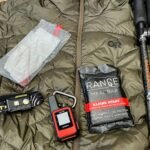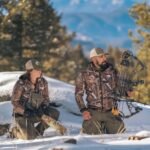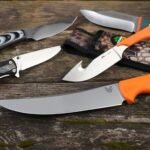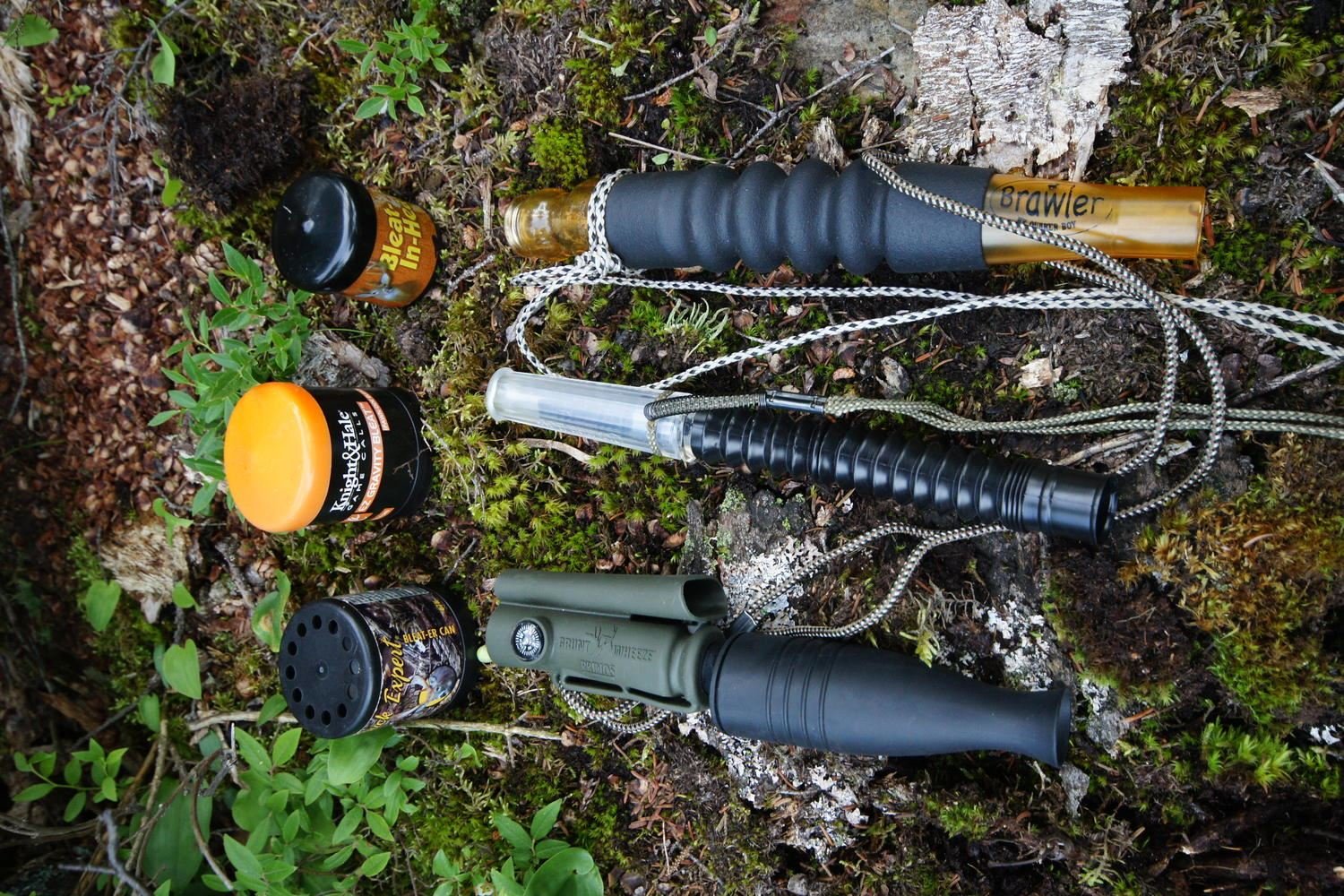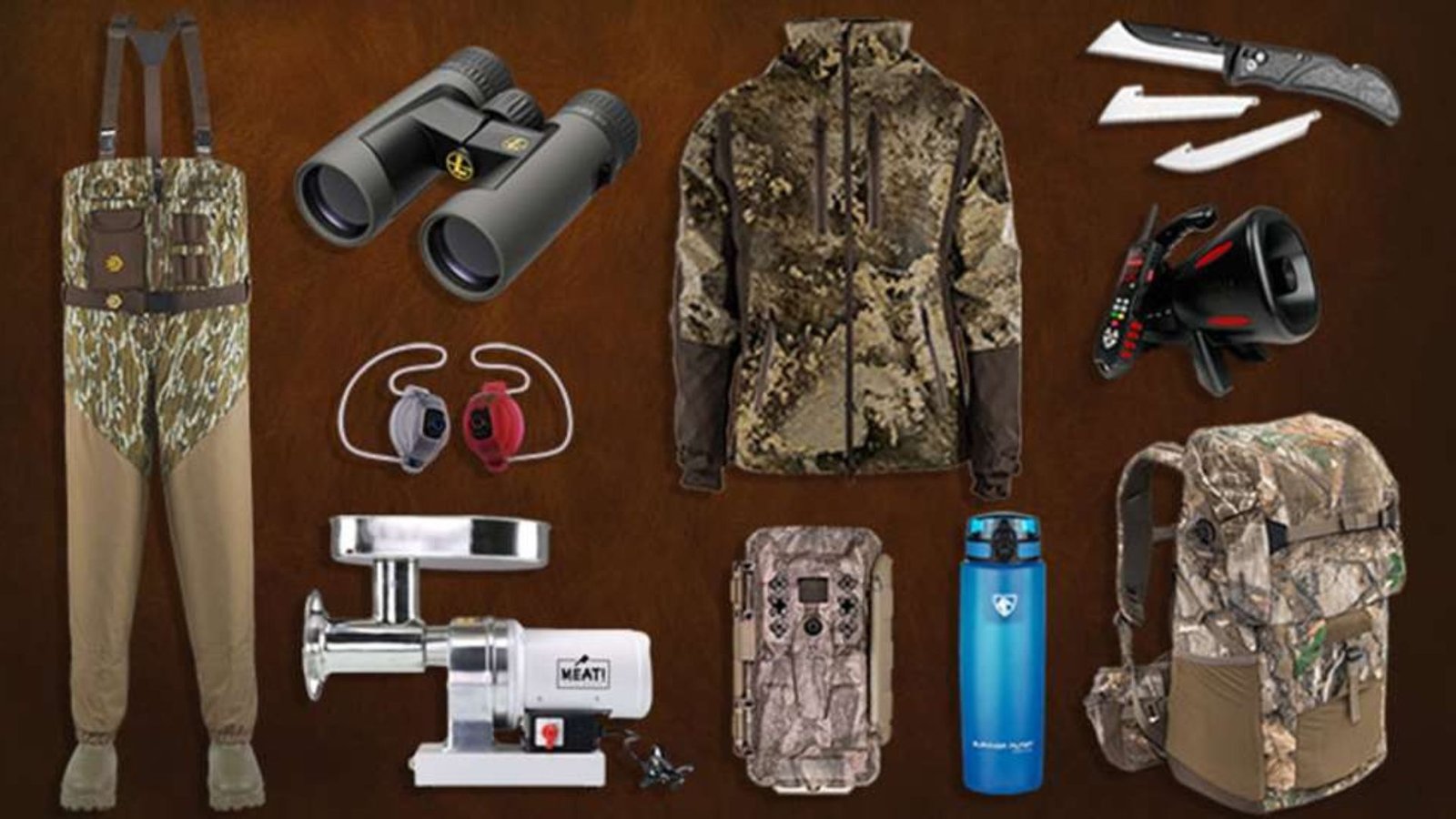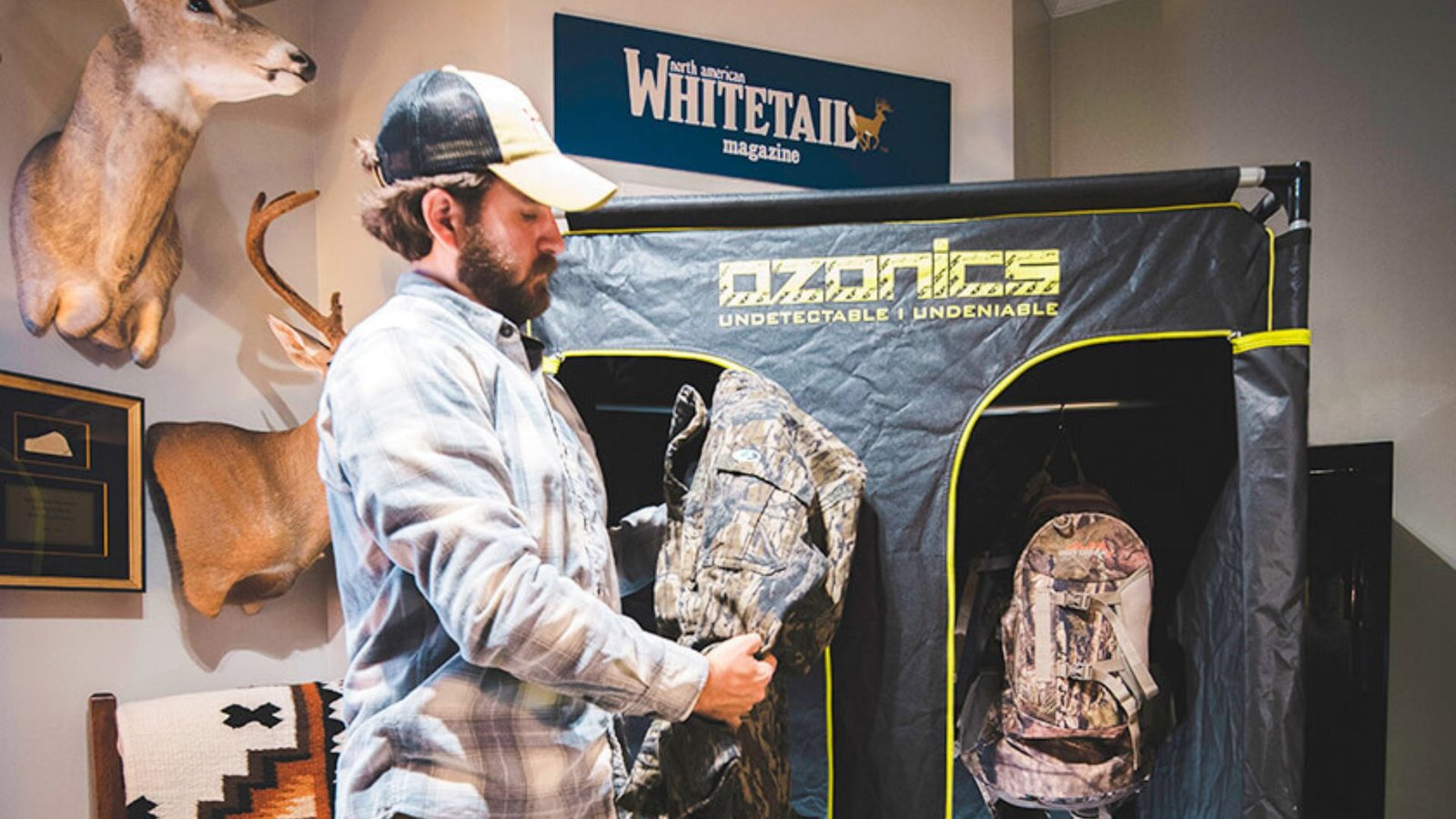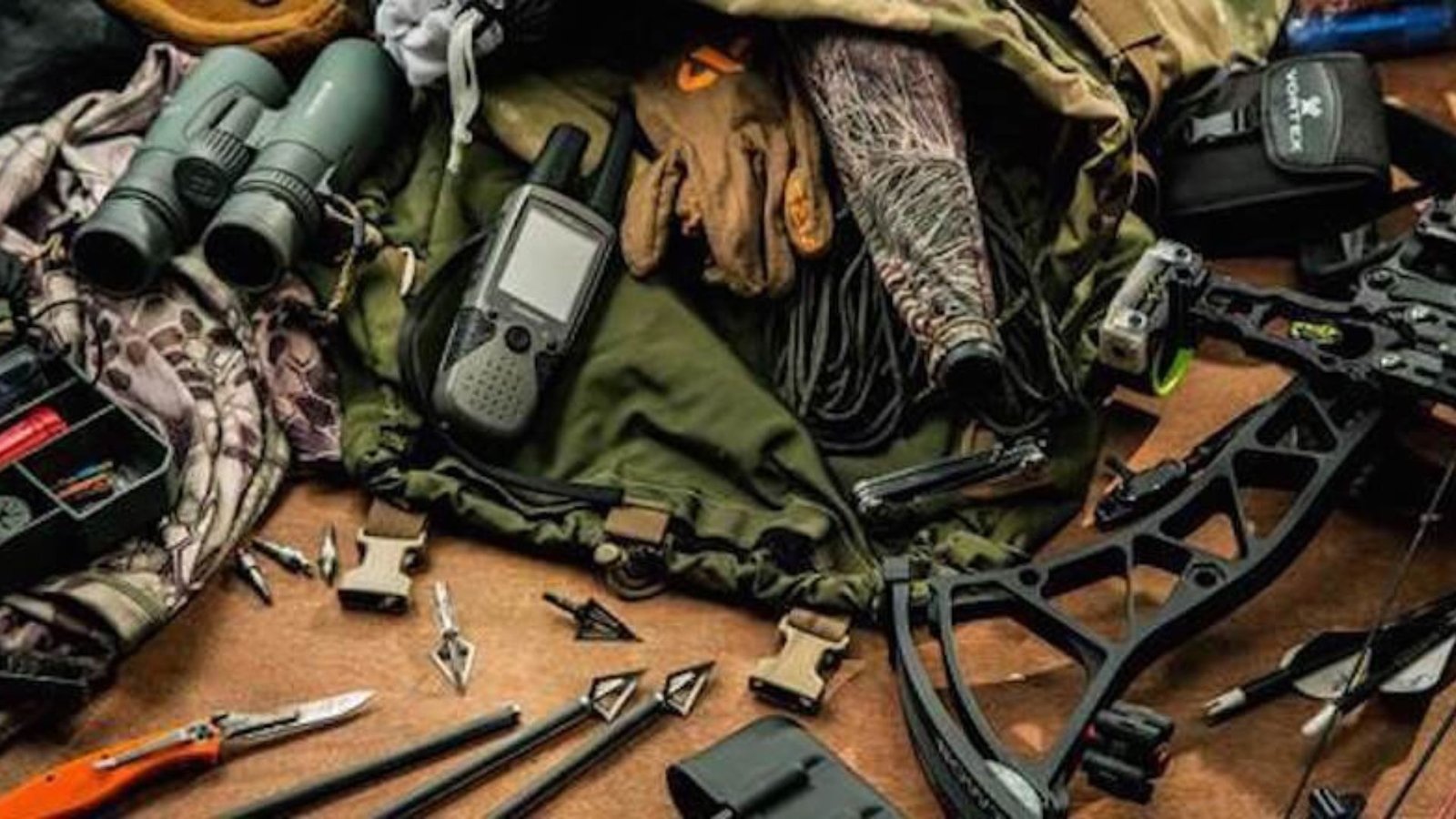Deer calling is an essential tactic for attracting deer and increasing your chances of a successful hunt. However, different seasons require different approaches and types of calls. Understanding how to choose the right deer call based on the time of year can significantly improve your hunting experience. Here’s a guide on how to select the best deer call for various seasons.
1. Pre-Rut Season
During the pre-rut, bucks are often still in their bachelor groups and not yet fully focused on mating. At this point, they’re more likely to respond to calls that mimic the sounds of a doe in estrus or social calls that attract the attention of other bucks. A doe bleat call or a fawn distress call is an excellent choice for this time of year, as they mimic the sounds that will catch the attention of bucks and bring them closer.
2. Rut Season
The rut is the peak of deer activity, and bucks are actively seeking does to mate with. During this time, the right deer call can trigger aggressive responses from bucks. A buck grunt call or a rattle bag (simulating the sound of two bucks sparring) can be extremely effective in attracting bucks during the rut. These calls simulate territorial disputes or a buck searching for a mate, making them irresistible to other bucks in the area.
A doe estrus call can also be used during the rut to attract bucks that are in search of a mate. This is a highly effective call when bucks are actively looking for does to breed.
3. Post-Rut Season
After the rut, deer behavior changes significantly. Bucks are tired, often less active, and more cautious. Calls used during this time should mimic more subtle sounds. A fawn distress call can still be effective in luring bucks, as they often respond to sounds of a vulnerable fawn, which may signal an easy opportunity for a meal. Additionally, a mature doe bleat may attract a curious buck or even other does in the area, seeking safety or food in the quieter post-rut period.
4. Early Season (Late Summer/Fall)
In the early season, deer are still in their summer patterns. This is a great time to use fawn bleats or doe bleats to attract deer. Fawn calls work well during this time because they sound like a young, helpless deer, which can draw in curious does and bucks. Additionally, calling for deer at this time can help establish a sense of territory, as deer are often looking for food and shelter in the early season.
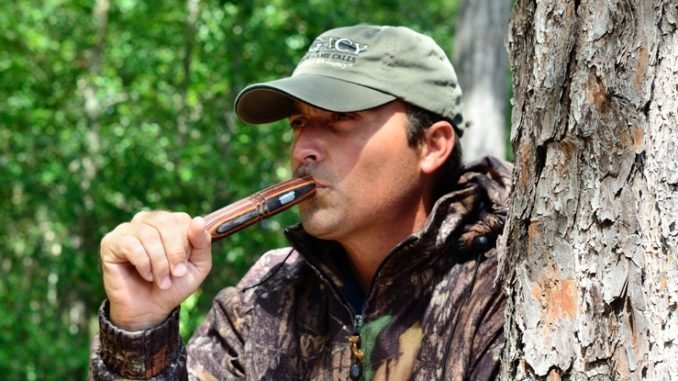
5. The Importance of Volume and Timing
The volume of your call plays an important role in attracting deer. In the early season or post-rut, it’s best to use a soft call to avoid startling deer. During the rut, you can increase the volume and intensity of your calls to mimic the more aggressive behavior of bucks. Timing is also crucial; make sure you’re using the calls at the right moments—during dawn and dusk, when deer are most active.
6. Top Deer Calls to Consider
- Primos The Original Can Deer Call: A popular option for attracting deer, this call mimics the sound of a doe in estrus, making it perfect for rut season.
- Flextone Buck Collector Grunt Call: This call is excellent for mimicking realistic buck grunts, whether you’re targeting a dominant buck or trying to start a fight to attract a rival.
- Rattle Bag by Hunters Specialties: An essential tool for simulating the sounds of bucks sparring. This call is effective during the rut when bucks are actively competing for territory.
- Mouth Grunt Call by Illusion Systems: Known for its versatility, this call can create a variety of grunt sounds, suitable for both early and rut seasons.
Conclusion
Choosing the right deer call based on the season is crucial for attracting deer and improving your chances of a successful hunt. Whether you’re using a doe bleat in the early season or a grunt call during the rut, selecting the right call at the right time can make all the difference. With practice, you can master the art of deer calling and become more effective at luring in your prey.



